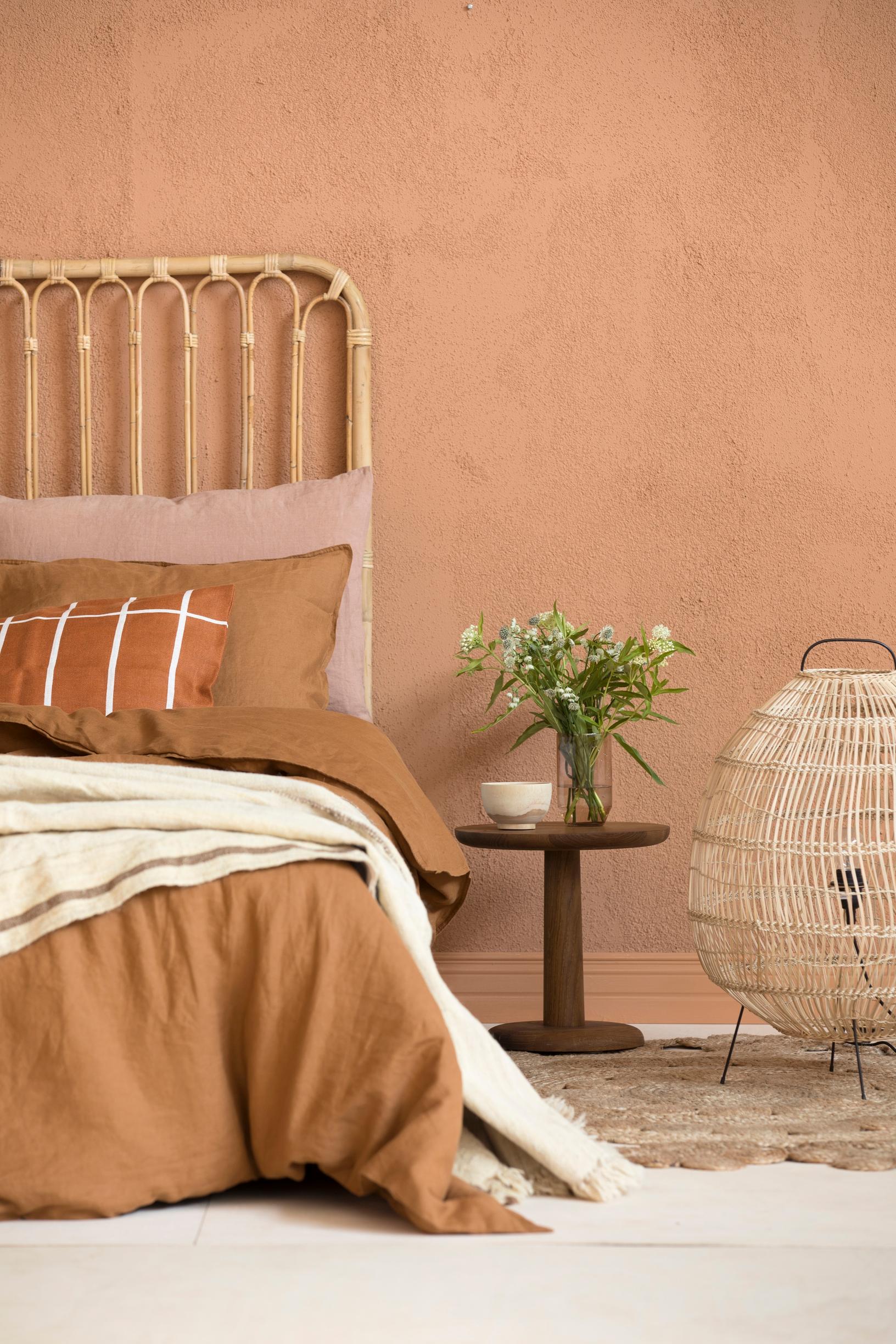
The bed is the most important piece of furniture in your home—see expert tips on choosing a mattress, pillows, and comforters
The bed is a place where we spend a significant portion of each day. That’s why it’s important to invest in your mattress, pillows, and comforters—and replace them regularly. Here are our tips from experts!
People often sleep on mattresses that are too old and have lost their shape, says Dr. Jari Ylinen, a chief physician in physiatry who has studied sleep ergonomics. The same goes for pillows and mattress toppers, which often aren’t replaced or washed as often as they should be. They all have a set lifespan: springs weaken, and materials lose their resilience.
Manufacturers typically base their recommended replacement interval on hygiene: sleepers shed sweat, oil, and skin flakes into the bed. Over time, this can lead not only to skin bacteria but also to fungal growth in the mattress. Old mattresses and pillows can harm bedroom air quality and pose a health risk.

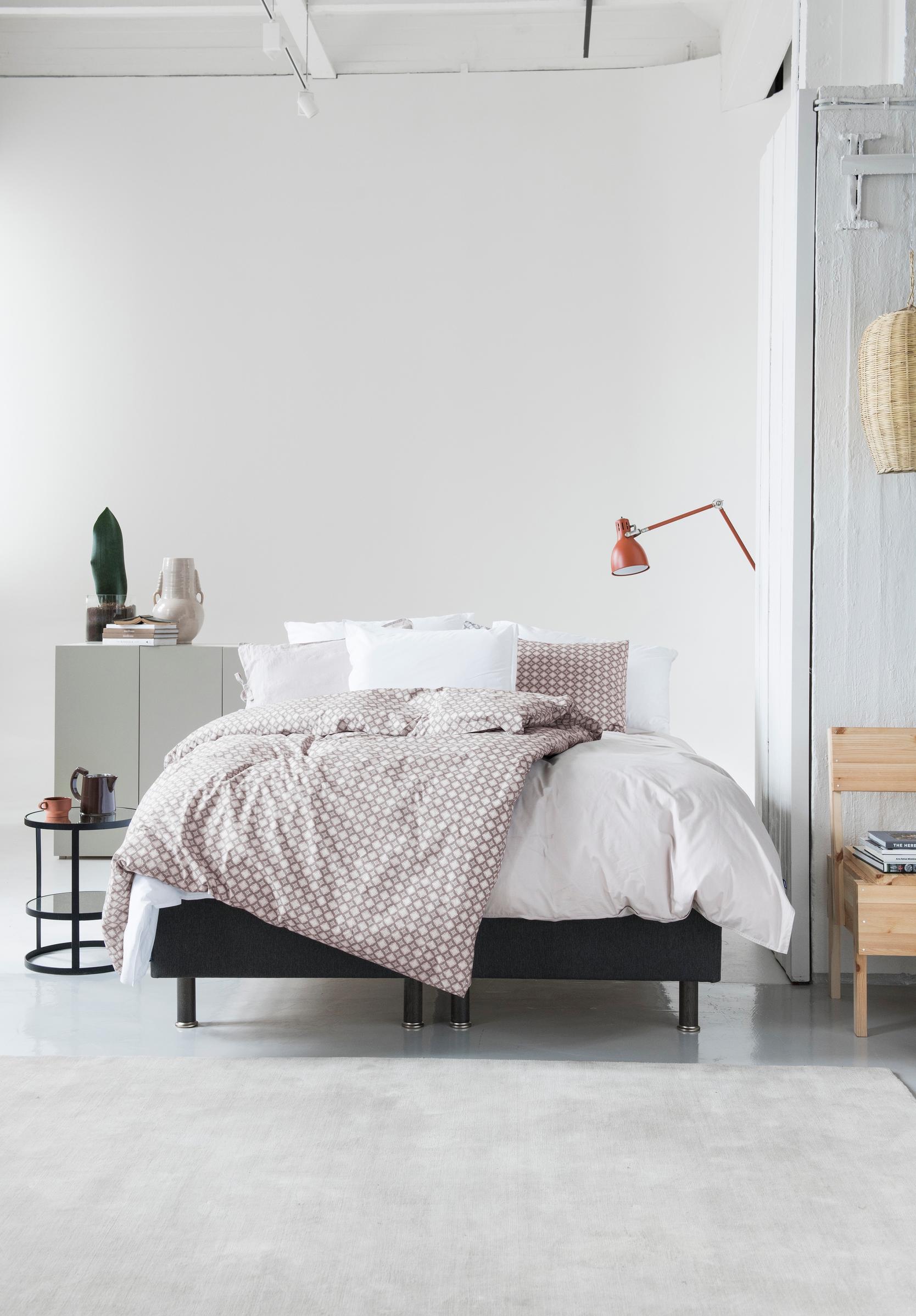
Rule of thumb: replace your mattress every 10 years—pillows and comforters even more often
The general recommendation is to replace your mattress every ten years. A mattress that costs only a few hundred euros may last just five years. Some can last 15 years or more, such as Tempur, which comes with a proven toxin-free antibacterial treatment.
The head sweats the most and, being heavy, puts extra stress on the materials. As a result, a pillow’s lifespan is often just a couple of years, or about five for Tempur. The comforter and mattress topper closest to your skin last about five years.

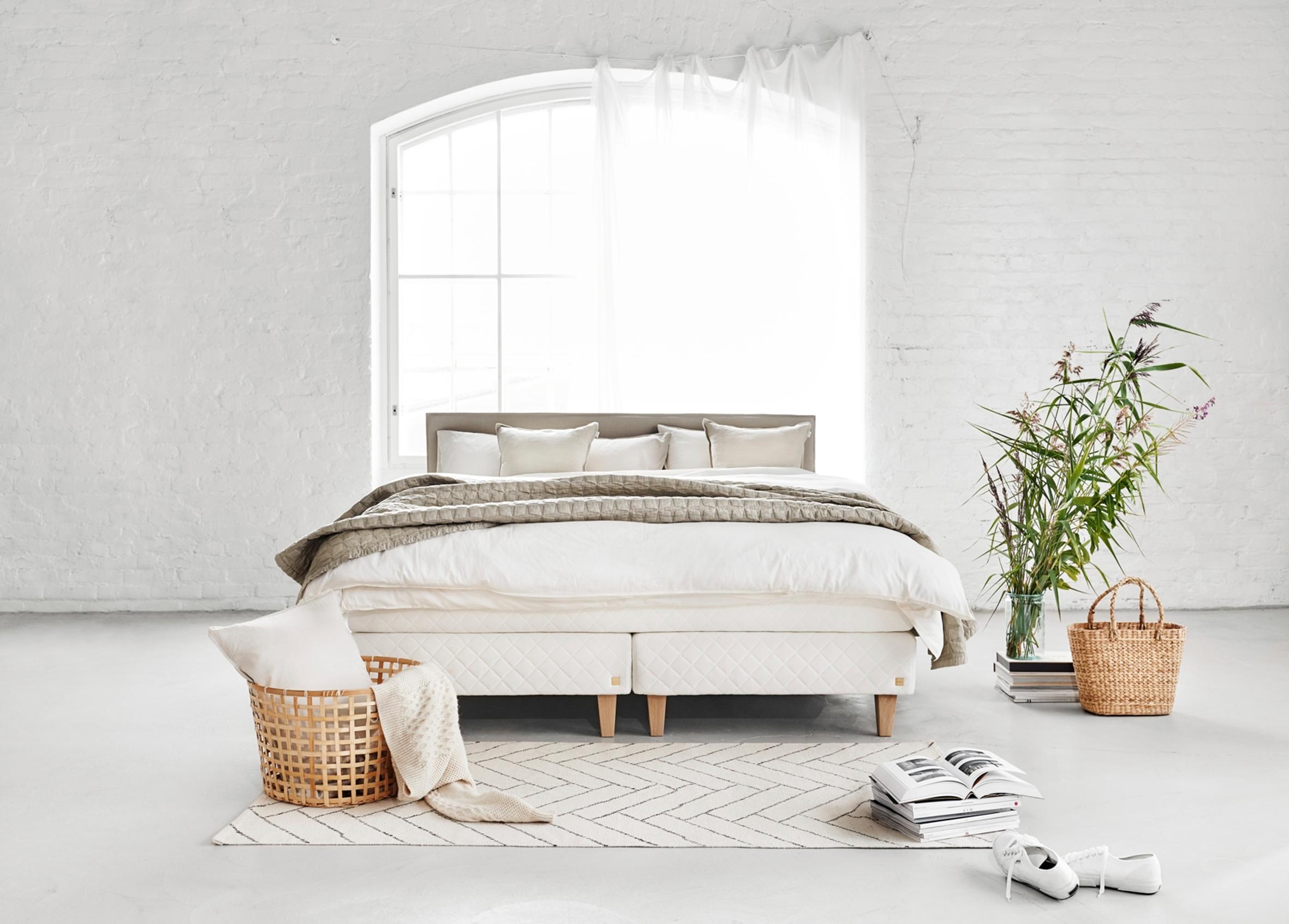
Choose your mattress carefully
You can only find a the most comfortable mattress by trying them out. Take your time browsing, and lie down in the position you usually sleep in. Your back should be well supported and not twisted. Notice how your stomach and back feel, but be aware that a correct position might seem odd at first if you’ve grown used to a poor one. A knowledgeable salesperson can be a big help.

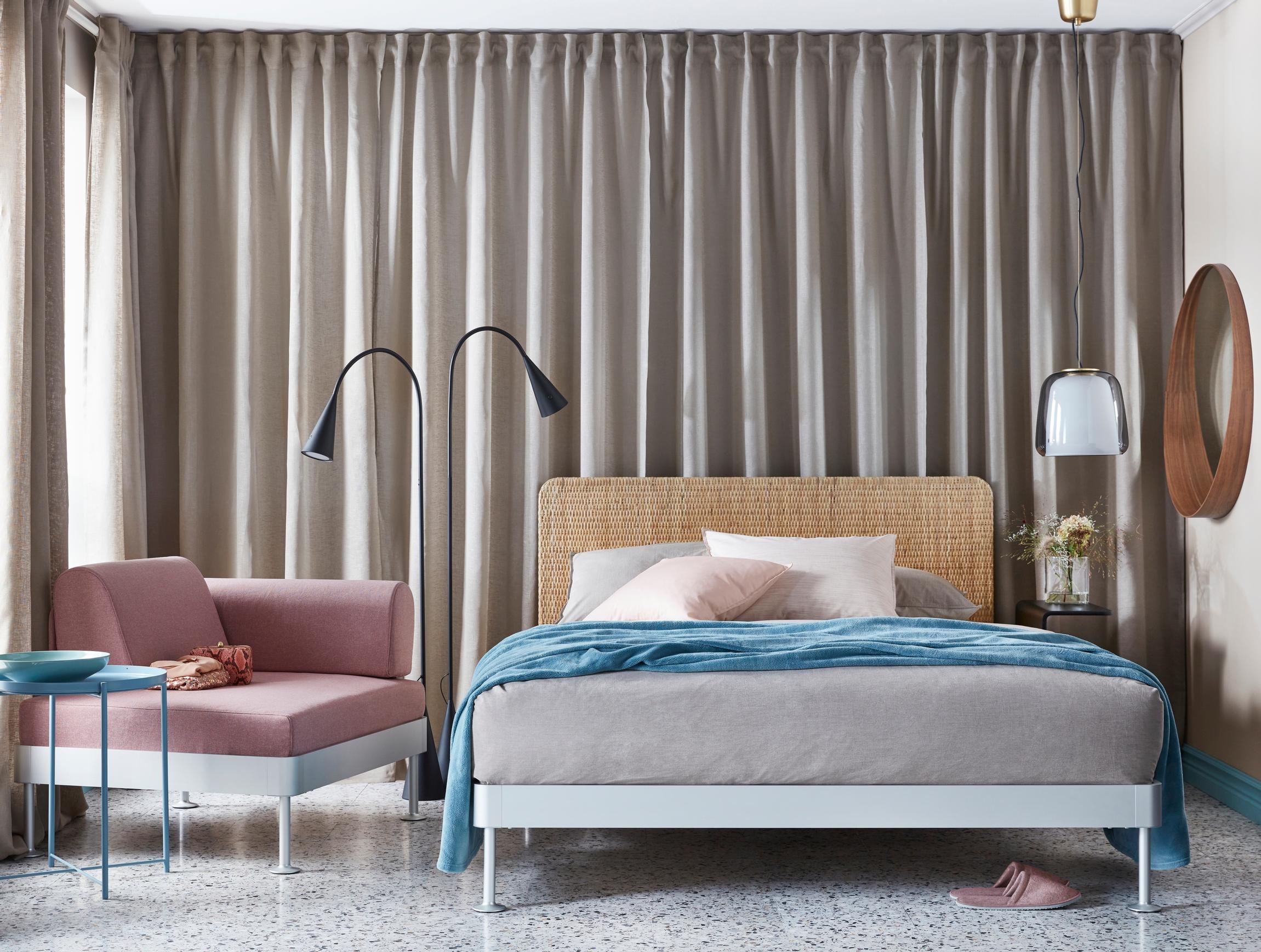
A mattress topper is the key to adding softness and reducing pressure on your body. A good topper which is at least 5–7 centimeters thick increases your support area. A topper just a couple of centimeters thick mainly makes the bed look neat.
Avoid overly firm beds
A good mattress is supportive yet flexible, not too soft or hard. In the past, a firm mattress was thought best, but research shows it can put pressure on hips and shoulder blades, leading to discomfort and tossing and turning. A good mattress and pillow support your spine’s curves so they line up and your muscles can relax. If you’re unsure, pick a firmer mattress as most materials soften over time.

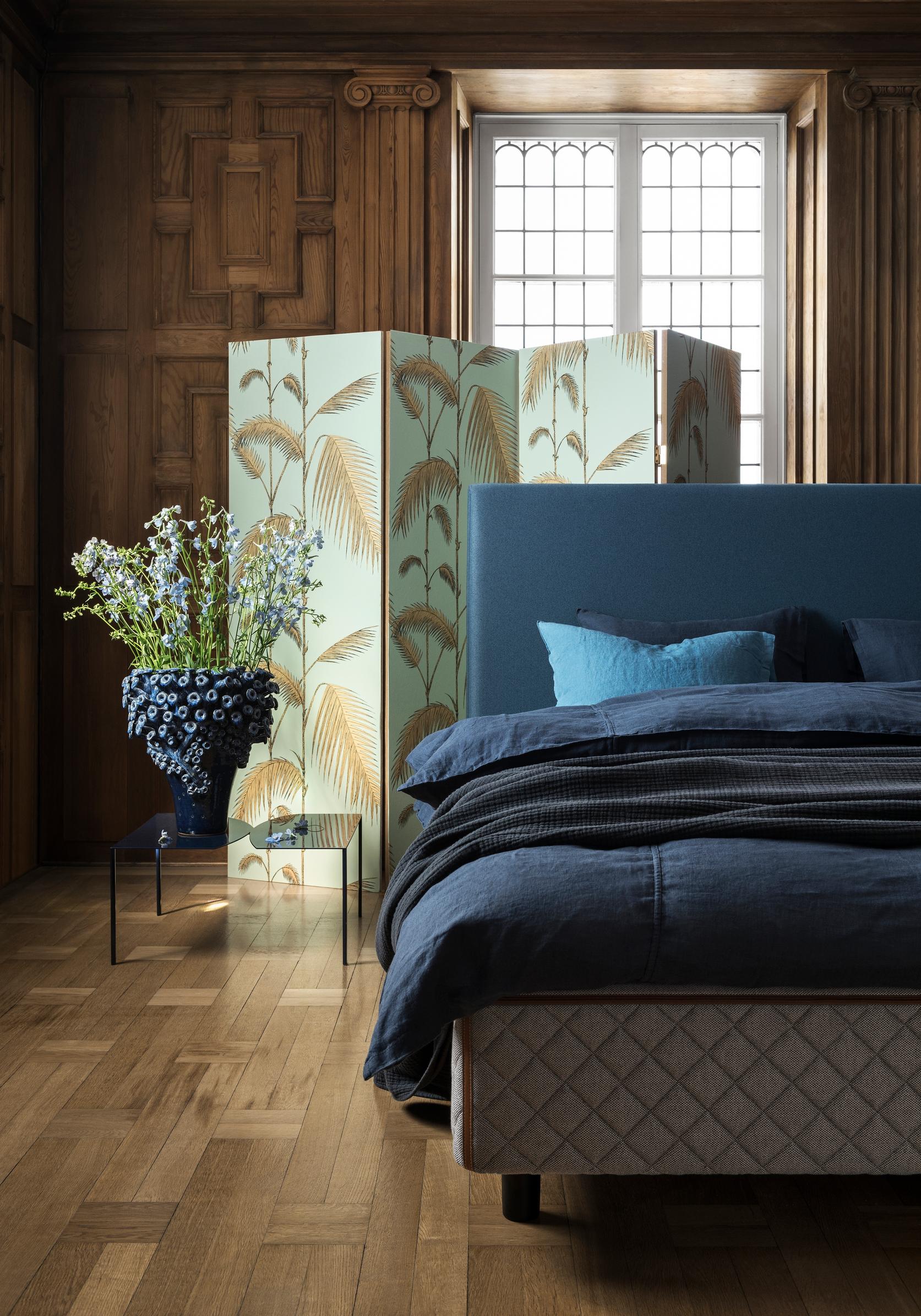
Your weight matters when choosing the right mattress. The heavier you are, the thicker both the mattress and topper should be. Someone with narrower shoulders and hips may do with a slimmer option, while curvier shapes need more thickness. Couples who differ greatly in weight can choose separate mattresses but still share the same topper.

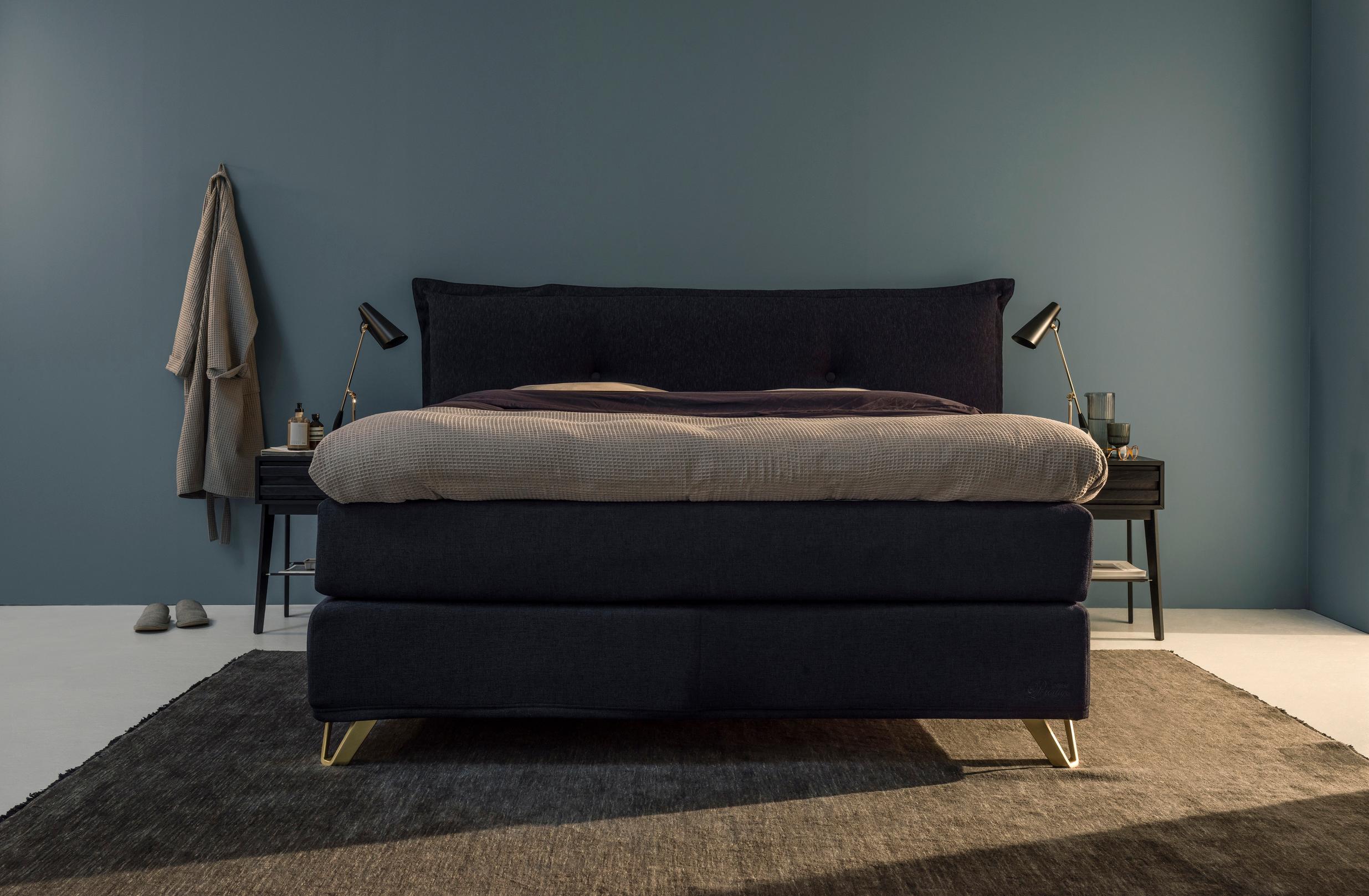
A quality bed is a worthy investment
Ideal bed height depends on your preference and room size. A low bed is good for a small space, while a higher bed is easier to climb into, even for older people.
Viscoelastic adaptive materials are a category of their own, and there are differences among them. The original Tempur now has cheaper imitations that don’t offer the same support or longevity, even if they initially feel similar. Knockoffs can have poor breathability and develop dents.

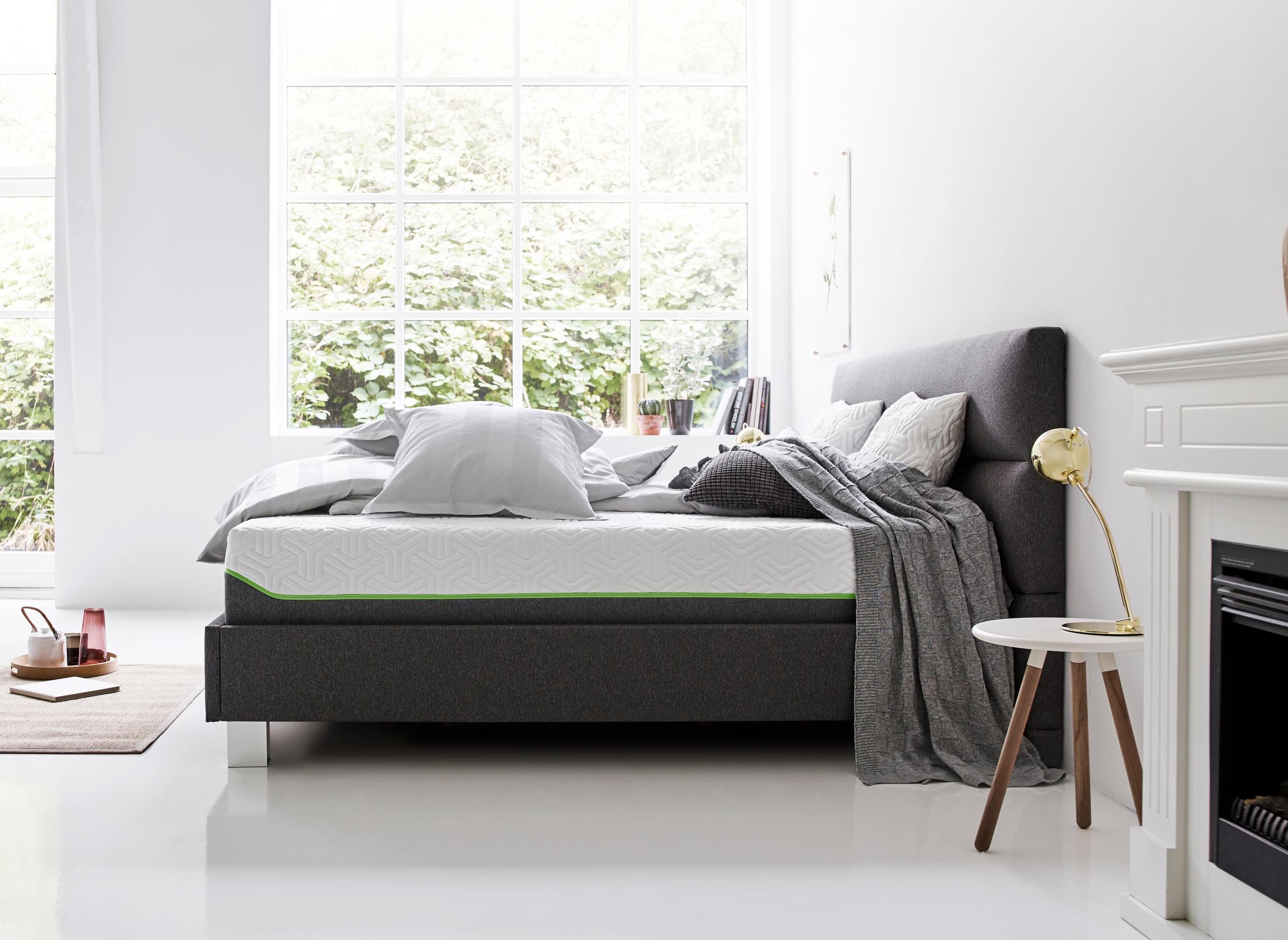
Quality is directly linked to price, due to factors like materials, layers, and craftsmanship. A high-quality mattress keeps its shape and firmness better than a cheaper one. Even if you’re on a tight budget, choose the best mattress you can—a top-notch basic wooden-base bed is better than a large continental bed of lesser quality.

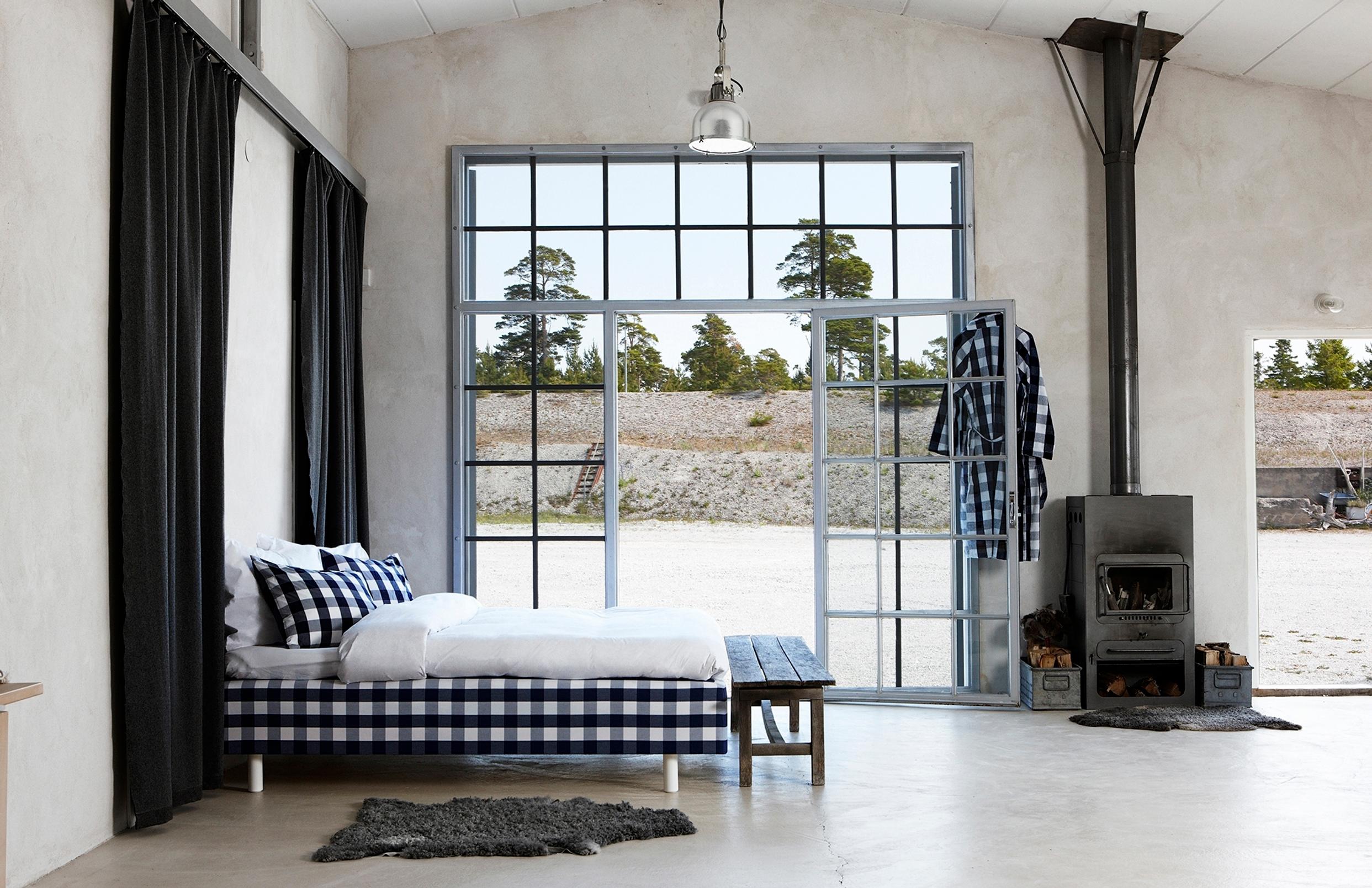
Tips for choosing pillows and comforters
- Pick a pillow based on your sleeping position and shoulder width. If you sleep on your back, a lower pillow might suffice; if you sleep on your side, you’ll need more height. There are also special pillows with a lower central section and higher sides.
- Mattress flexibility is often overlooked when buying a pillow. If your mattress is softer and more flexible, you may need a lower pillow because you sink in more. If your mattress is firm, you might need a taller pillow.
- Test any pillow on a mattress similar to yours. High-quality pillows can often be taken home for a trial, though it can take a couple of weeks to decide if it’s right. An adjustable pillow is a great option: you can add or remove filling.
- One comforter isn’t enough for the whole year. You need at least two of different thicknesses. Sometimes in summer, a sheet alone can suffice.
- Your choice of comforter thickness depends on whether you tend to be cold or hot at night and on your room’s temperature. If a comforter is too thick, you’ll sweat more, which can harm the mattress. Comforters differ by breathability and loft as well.
Sources: Chief physician of physiatry Dr. Jari Ylinen, Matri designer Elli Lehnhoff, and Tempur physiotherapist Jukka Tujunen.


